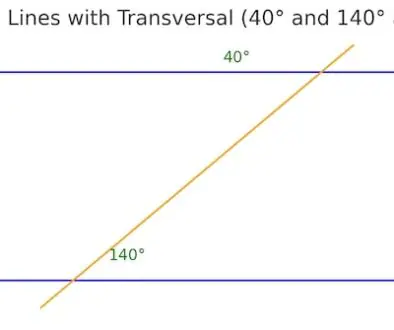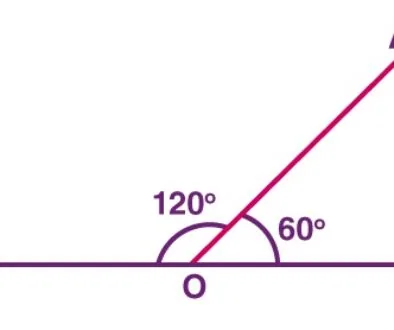Learn Complimentary Angles with examples and videos
Complementary angles refer to two angles whose measures when added together equal 90 degrees. Simply put, if the sum of two angles is 90 degrees, they are considered complementary angles.
For instance, if one of the angles measures 30 degrees, the other angle would measure 60 degrees as 30 degrees + 60 degrees = 90 degrees. Therefore, in this scenario, the two angles are complementary. Similarly, if one angle measures 45 degrees, the other angle would measure 45 degrees as well as 45 degrees + 45 degrees = 90 degrees, and they are also complementary angles.

Mathematically, complementary angles can be represented as follows: if angle A measures x degrees, then angle B, its complementary angle, measures 90 – x degrees. For instance, if angle A measures 30 degrees, its complementary angle B measures 90 – 30 = 60 degrees.
Here are some example problems related to complementary angles:
- What is the measure of the complementary angle to an angle that measures 25 degrees? Subtracting the given angle from 90 degrees, we get the complementary angle’s measure: 90 degrees – 25 degrees = 65 degrees. Thus, the complementary angle measures 65 degrees.
- If one angle measures 40 degrees, what is the measure of its complementary angle? The complementary angle’s measure is obtained by subtracting the given angle from 90 degrees: 90 degrees – 40 degrees = 50 degrees. Therefore, the complementary angle measures 50 degrees.
- If the two angles are complementary, and one angle measures 60 degrees, what is the measure of the other angle? The sum of the two complementary angles measures 90 degrees. Assuming that the two angles are complementary, we can use x to represent the measure of the other angle, and set up an equation as follows:
60 degrees + x = 90 degrees
Solving for x, we get:
x = 90 degrees – 60 degrees
x = 30 degrees
Thus, the other angle measures 30 degrees.



